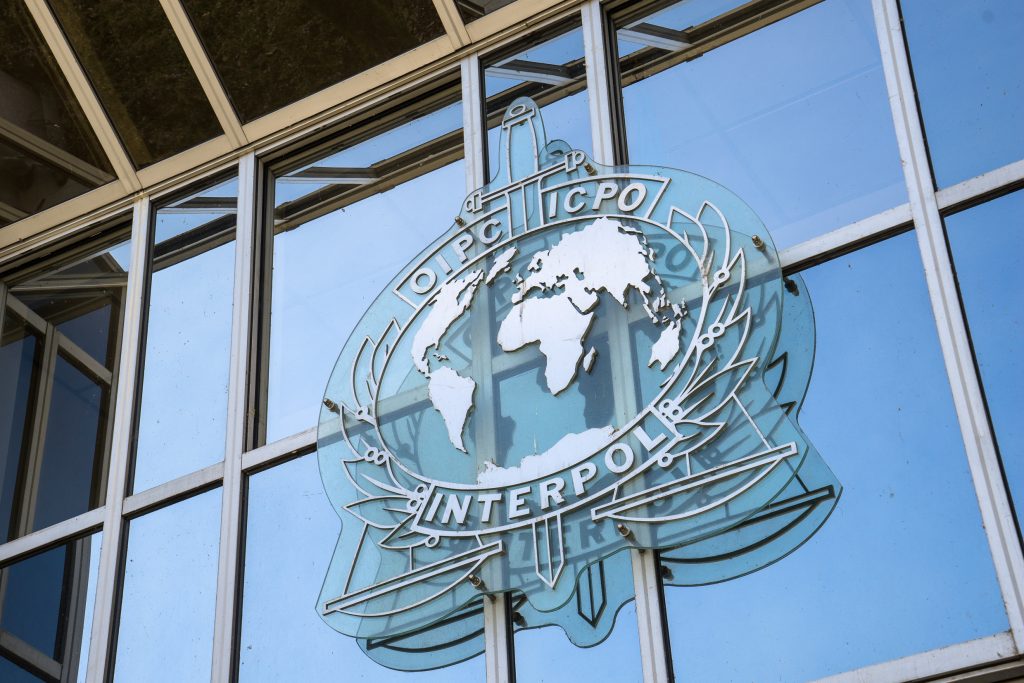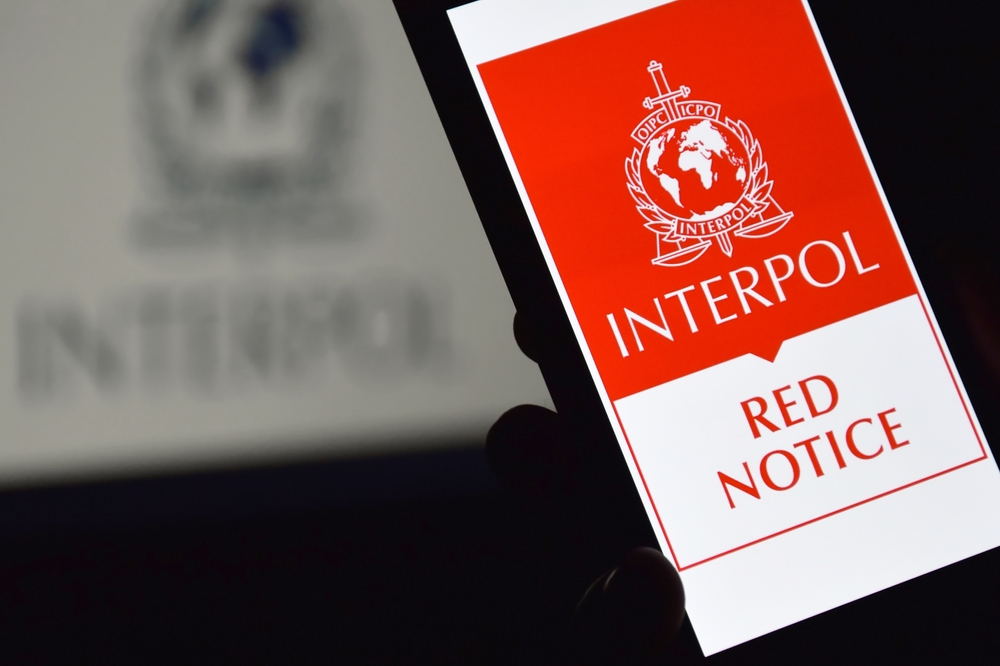At Red Notice Monitor, we regularly analyse complex developments in international policing, from politically motivated notices to systemic reform challenges. However, we recognise that many readers – whether journalists, legal professionals, or individuals directly affected – need clear, accessible information about the fundamentals. That’s why we’re launching this Back to Basics series: to ensure everyone understands the essential elements of Interpol and Red Notices before dealing with the complexities.
The International Criminal Police Organisation – commonly known as Interpol – is often misunderstood. Despite its portrayal in popular culture, Interpol is not a global police force with investigators who conduct arrests across borders. It has no officers patrolling international waters or agents pursuing suspects worldwide. Instead, Interpol operates as a sophisticated communication network connecting law enforcement agencies across 195 member countries. At its core, Interpol maintains an extensive database through which member states share information about individuals wanted for criminal prosecution or to serve existing sentences.
Interpol distributes this critical information through two primary mechanisms: Red Notices and Diffusions. These alerts enable police forces worldwide to identify and potentially apprehend suspects who cross international borders, creating a coordinated global response to transnational crime despite jurisdictional limitations. This system addresses a key challenge in international law enforcement: criminals can exploit national boundaries, but police authority cannot. By facilitating information sharing, Interpol bridges this gap without violating national sovereignty.
For individuals subject to Interpol alerts, the consequences are severe and immediate. Border crossings become fraught with risk. International travel may become impossible. Arrests can occur in countries far from where charges originated. As leading Interpol lawyers Ben Keith and Rhys Davies frequently observe in their work, understanding how Interpol operates – and crucially, what it is not – forms the foundation for grasping the significance of Red Notices and the challenges they present. In our next instalment, we will examine what Red Notices actually are and how they function within this international system.
—
Image: ©Shutterstock


